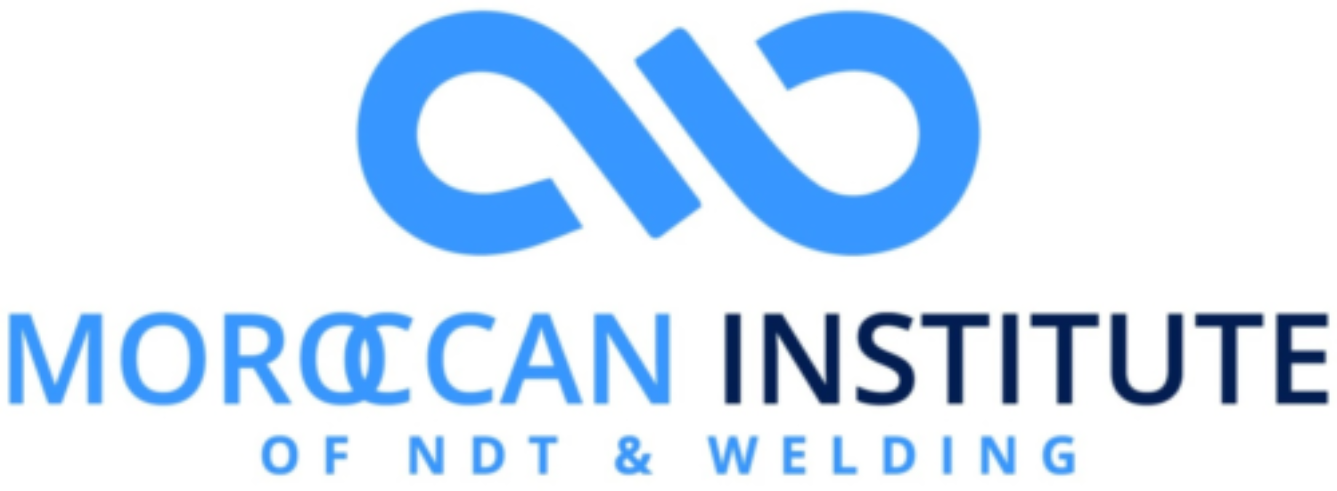ASME: Setting the Standard
ASME stands for the American Society of Mechanical Engineers. It’s a professional association that focuses on promoting the art, science, and multidisciplinary engineering principles related to mechanical engineering. ASME creates codes and standards that are used worldwide in various industries, ensuring safety, quality, and efficiency in engineering designs, manufacturing processes, and products. These codes and standards cover a wide array of topics, including pressure vessels, piping systems, boilers, elevators, and more. ASME also conducts conferences, publishes journals, and provides professional development opportunities for engineers and technical professionals.
ASME Boiler and Pressure Vessel Code (BPVC)
The ASME Boiler and Pressure Vessel Code (BPVC) is divided into different sections, each addressing specific aspects of design, construction, inspection, and testing of boilers and pressure vessels.
- Section I: Power Boilers
- Section II: Materials
- Section III: Rules for Construction of Nuclear Facility Components
- Section IV: Heating Boilers
- Section V: Nondestructive Examination
- Section VIII: Pressure Vessels
- Division 1: Rules for the construction of pressure vessels operating at internal or external pressures
- Division 2: Alternative rules for the design and construction of pressure vessels
- Division 3: Alternative rules for the design and construction of high-pressure vessels
- Section IX: Welding and Brazing Qualifications
- Section X: Fiber-Reinforced Plastic Pressure Vessels
- Section XII: Transport Tanks
ASME Section VIII
ASME Section VIII provides rules for the construction of pressure vessels, including material specifications, design calculations, fabrication, inspection, testing, and marking. It covers pressure vessel components such as shell and heads, nozzles, flanges, and piping connections.
In this course, our focus will be solely on the following chapters:
- Material requirements for pressure equipment
- Design and construction aspects
- Loadings
- Repair of material
- Mandatory and non-mandatory appendixes
- Inspections & tests
- Technical records
- Certification
ASME Section IX
ASME Section IX covers the qualification of welding and brazing procedures and the welder or brazer performance. It provides requirements for the qualification of welding procedures, welder performance qualifications, and examination, and testing of the welds.
In this course, our focus will be solely on welding processes and techniques:
- Welder Qualification: Section IX defines the criteria and testing procedures for qualifying welders, and welding operators. It involves performance qualification tests that assess their skill and ability to produce sound and consistent welds according to the specified procedures.
- Qualification Records: Documentation of the welding procedures, as well as the records of qualified welders, is an essential part of compliance with ASME Section IX. These records provide evidence of compliance and are crucial for maintaining quality control and ensuring traceability.
- Acceptance Criteria: ASME Section IX stipulates the criteria for acceptance of welding procedures and qualifications. This includes criteria related to visual examination, non-destructive testing (such as radiographic testing, ultrasonic testing, etc.), and mechanical testing to ensure the quality and integrity of the welded joints.
Adherence to ASME Section IX is vital in industries where the quality and reliability of welded joints are critical, such as construction, manufacturing, petrochemical, aerospace, and many others. Compliance with these standards helps ensure that welding fusing processes are carried out with precision, meeting safety and quality requirements.
ASME B31.3
ASME B31.3 covers process piping, which is used in chemical, petrochemical, and other process industries. It provides requirements for materials, design, fabrication, inspection, testing, and marking of process piping systems, and covers topics such as pressure design, pipe thickness, branch connections, and more.
Upon successful completion of the course, participants will be able to:
- Have a very good background on the scope & definition of ASME B31.3, process piping design, construction & mechanical integrity
- Understand metallic pipe and fitting selection including its system failure, bases for selection and method requirements
- Identify the strengths of materials including its requirements and be able to identify the bases for design stresses
- Determine the components of pressure design and be able to know the concepts of weld joint strength factor and design pressure & temperature
- Know the process of valve selection and be able to list the requirements needed for the selection process
- Become familiar with the design of flanged joints and be able to describe its features & functions
- Introduce flexibility & flexibility analysis and be able to explain the general considerations for the layout and support of pipes
- Learn the various types and designs of expansion joints and be able to describe their components and use
- Understand the fabrication and installation methods of piping system and be able to list the requirements and guidelines needed in the inspection, examination and testing of pipes
- Know the design, fabrication, installation, inspection, examination and testing methods for nonmetallic piping systems, category M Fluid service, high pressure piping & high purity piping systems
- Review the concept of API 570 including its inspection, repair, alteration and rerating of in-service piping
Welding Quality Control Course
A welding quality control course covers a range of topics related to ensuring the integrity, safety, and reliability of welded joints in various industries. These courses aim to educate professionals involved in welding processes, quality assurance, inspection, and related fields. Here are some common areas covered in such a course:
- Welding Processes: Understanding different welding techniques such as arc welding, gas welding, resistance welding, and their applications in various industries.
- Welding Codes and Standards: Familiarization with international codes and standards (such as ASME, AWS, ISO) governing welding procedures, welder qualifications, and inspection criteria.
- Welding Metallurgy: Knowledge of metallurgical principles, heat-affected zones, weld discontinuities, and how different welding parameters can affect the properties of welded joints.
